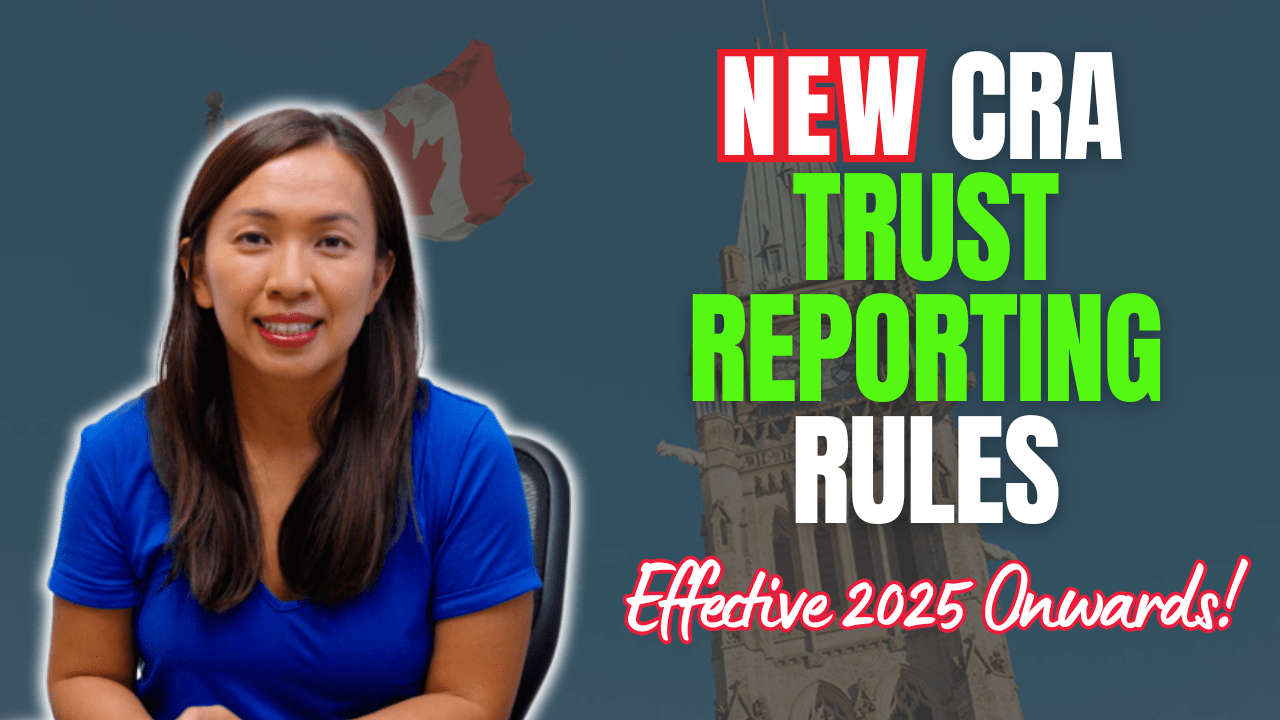I used to be afraid of public speaking. It made me sick just thinking about speaking to a crowd.
Last Saturday I spoke at the Rock Star Member Event. There were 600 people in attendance!
Amazing crowd as always!
I was nervous at the beginning. That feeling went away pretty quickly. Hopefully everyone in the room learned something about estate planning.
After the big event, it was time for a family vacation.

My mom is in town for a week visiting from Hong Kong. It was her special request to go on a cruise so off we went, a cruise to the Caribbean for a week.
While my family was in Ft Lauderdale, my mom tried to connect with an old family friend who also lived in Florida.
Despite the fact that it is in a smaller town, she described her house was located in a paradise.
This house only costs them USD$460K, five bedrooms with four bathrooms backing on to the golf course with a swimming pool located in the backyard.

Oh yeah, with above 20 degrees weather and these types of features, of course it is a paradise!
The only catch is that the appreciation is limited.
Would you have a house in paradise fully paid off or would you live in the cold with a growing asset base like Toronto?
I can’t make the decision.
What exactly is capital cost allowance? Capital cost allowance represents the wear and tear of the building that the Income Tax Act allows you to deduct against your rental income.
Capital cost allowance can also be deducted against other capital assets (except land). The largest capital asset for a residential rental property is the building itself. You may also have some equipments, which have a different depreciation rate.
Capital cost allowance is a tax deferral mechanism, similar to RRSPs in a way. You deduct it against your rental income but you can only defer it till the year you sell your house.

When you sell your rental investment, you have to take the deductions you’ve made throughout the year into income and pay tax that year.
If you sell your rental property at a loss, depending on the magnitude of the loss, you may still need to report some deductions into your income the year you sell.
As a real estate investor, you may wonder if it is worthwhile to use this deferral mechanism.
If you own the properties in a corporation, it is always worthwhile to deduct it against the rental income.
Reason behind it is simple. Passive income is taxed at 50% in the corporation initially. When you eventually sell the property and take all the years of capital cost allowance into income, it is still taxed at 50% then.
A dollar in your pocket now is worth more than a dollar in your pocket 10 years from now when you sell your property. Why wouldn’t you take the deferral opportunity now?

Note that you can only deduct capital cost allowance against the rental income. If you have a loss, you cannot use it to create a bigger loss.
Now if you own the properties in your personal names, the decision is not as clear.
This is simply because Canadians are taxed on a progressive tax rate system. The more you make personally, the more you get taxed.
Say if you make over $200,000 from your job income, your additional rental income of $10,000 is taxed at 52%.
In this case, similar to the corporation owned properties, I would definitely take the capital cost allowance to defer the income tax to the year you sell it.
Now say you are one of those accomplished investors who lives off their rental income and do not have any other job income, you have a few properties with total income before deducting CCA of $30,000. Would you take the capital cost allowance to defer the taxes?
With only $30,000 rental income, you are responsible for about $3,818 of taxes in 2015. This is equivalent to 12.73% tax rate.
If you take the CCA tax deferral every year for 10 years, you will be responsible for $300,000 income every year. The tax you have to pay for $300,000 is significantly higher than that of $30K every year.
Chances are, I would choose to pay the tax in current year and not take the deduction.
But again, it depends on the investor’s personal situation and preference. Sometimes it makes more sense to defer the income and sometimes it does not.
Until next time, happy Canadian real estate investing.
Cherry Chan, CPA, CA
Your Real Estate Accountant






Alex
Hi Cherry, what are the rules for determining the cost of the building? You want to have as high as possible to have more room for CCA if you intend to hold the property for long time. If it is too low after some time you will not have enough money to take CCA from.
Another question: if in the past year CCA was claimed and land and building were split 50/50, can it be changed in the current year?
Cherry Chan, the Real Estate Accountant
Technically speaking, you are required to split based on the fair market value of the land and the building. This would then require you to have an appraisal done specifically asking for the fair market value split between the land and the building.
In reality, majority of my clients would assign a value to the land (I will always assign some value to the land since you cannot argue that the land has no value) and assign the remaining to the building.
CRA is less concerned about how you split the building versus land – at the end of the day, you would still need to take the full CCA deductions into income the year you sell.
Alex
Thank you for answer Cherry.
Another question: if in the past year CCA was claimed and land and building were split 50/50, can it be changed in the current year?
Vanessa
Hi Cherry,
I am kind of confused with the following sentence “If you take the CCA tax deferral every year for 10 years, you will be responsible for $300,000 income every year. The tax you have to pay for $300,000 is significantly higher than that of $30K every year.Chances are, I would choose to pay the tax in current year and not take the deduction.” How does taking the CCA tax deferral every year for 10 years, you will be responsible for $300,000 income every year?? I read your article again and again, still couldn’t get it. I own a rental property and want to know whether I should take the CCA every year or not. Thanks Vanessa
Cherry Chan
Hi Vanessa,my bad.
Let me explain it here, CCA is similar to RRSP. If you take it in current year, you reduce the rental income by the amount of CCA you claimed. (Hence pay less tax.)
But similar to RRSP, CCA is a tax deferral mechanism allowed by CRA, this means that someday you will have to report the income. For RRSP, the moment you take the income back is the year you withdraw the money from your RRSP.
For CCA, the year you sell the property is the trigger that you are required to report the income.
In my example, if you take $30K CCA to reduce your net income in current year and this is the only year that you take CCA, 10 years from now you decide to sell the property, you need to take $30K CCA into income.
If you take more $30K in 2017, another $30K in 2018, another $30K in 2019, so on and so forth until 2026 you decide to sell, you have taken a total of $300K CCA. This $300K deferral you claim would have to be reported back as income the year you sell.
Not sure if this answers your questions and I hope it does.
Cheers
Steve
Hi Cherry
Love your site. Great job on simplifying all these critical issues
I am selling a portfolio of 20 rental properties in the GTA accumulated over 30 years
I am 62 and my 8 kids are (almost ) out of the house
Would you agree it makes no real difference on how many per year i sell as 25% is a consistent capital gain rate
I am a retired teacher with a 30k pension